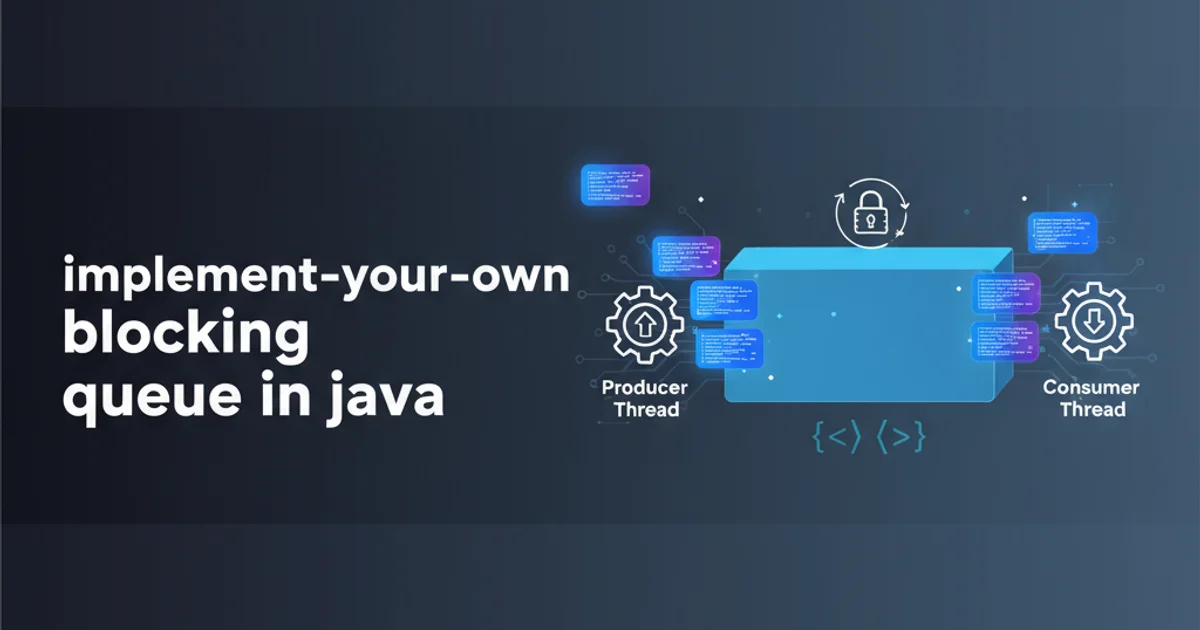What does 'Baked-in' mean?
Categories:
Understanding 'Baked-in': A Deep Dive into Software Terminology

Explore the meaning and implications of the term 'baked-in' in software development, from features to configurations and dependencies.
In the fast-paced world of software development, precise terminology is crucial for clear communication. One term that frequently appears, often with significant implications, is 'baked-in'. But what exactly does it mean when a feature, configuration, or dependency is described as 'baked-in'? This article will demystify the concept, explore its various contexts, and discuss the advantages and disadvantages of such design choices.
What 'Baked-in' Means
At its core, 'baked-in' refers to something that is an intrinsic, inseparable, or deeply integrated part of a system, application, or component. It implies that the element in question was designed and implemented from the ground up as a fundamental part of the structure, rather than being an add-on, configurable option, or easily removable module. Think of it like an ingredient in a cake: once it's baked in, it's difficult, if not impossible, to remove without fundamentally altering or destroying the cake itself.
flowchart TD
A[Feature/Config/Dependency] --> B{Design Phase}
B --> C{Implementation Phase}
C --> D{"Baked-in" (Deeply Integrated)}
D --> E[Difficult to Remove/Change]
D --> F[Fundamental to System Function]
E --> G[High Effort/Risk to Modify]
F --> GConceptual flow of a 'baked-in' element in software development.
Common Contexts for 'Baked-in'
The term 'baked-in' can apply to several aspects of software:
- Baked-in Features: These are functionalities that are core to the application's purpose and cannot be easily disabled, removed, or swapped out. For example, a word processor having 'text editing' baked-in.
- Baked-in Configurations: These are settings or parameters that are hardcoded directly into the application's source code or compiled binaries, rather than being externalized into configuration files, databases, or environment variables. Changing them requires recompilation or redeployment.
- Baked-in Dependencies: These refer to external libraries, frameworks, or services that are tightly coupled with the application's logic, making it challenging to upgrade, replace, or remove them without significant refactoring.
- Baked-in Assumptions/Logic: Sometimes, fundamental assumptions about the environment, user behavior, or data structure are deeply embedded in the code, making the system inflexible to changes in those assumptions.
Implications and Considerations
Understanding when something is 'baked-in' is crucial for architects, developers, and product managers. Here's why:
- Flexibility and Maintainability: Baked-in elements reduce flexibility. Changes or updates to these elements often require significant effort, potentially impacting other parts of the system. This can lead to higher maintenance costs and slower development cycles.
- Performance and Simplicity: On the positive side, baking in certain elements can sometimes lead to performance benefits by reducing runtime overhead (e.g., not parsing configuration files). It can also simplify the initial design if the requirements are extremely stable.
- Testing and Debugging: Deeply integrated components can sometimes be harder to isolate and test independently, making debugging more complex.
- Scalability and Customization: Systems with many baked-in features or configurations may struggle to scale or adapt to diverse user needs without extensive custom development or forks.
public class PaymentProcessor {
// Baked-in currency conversion rate
private static final double USD_TO_EUR_RATE = 0.85;
public double convertUsdToEur(double usdAmount) {
return usdAmount * USD_TO_EUR_RATE;
}
// ... other payment logic
}
Example of a 'baked-in' configuration (currency rate) in Java. Changing this rate requires recompiling the code.
def process_data(data):
# Baked-in assumption: data always contains a 'user_id' field
if 'user_id' not in data:
raise ValueError("Missing 'user_id' in data")
# ... further processing
A Python example showing a 'baked-in' assumption about data structure. If the data format changes, this function will break.